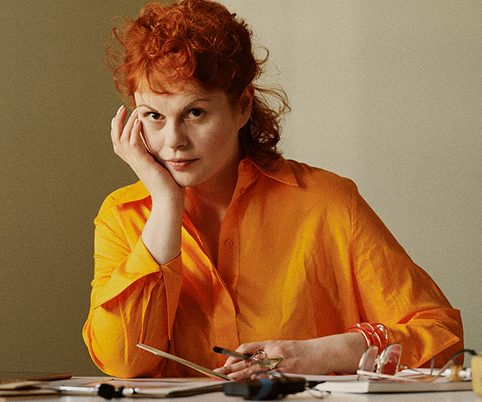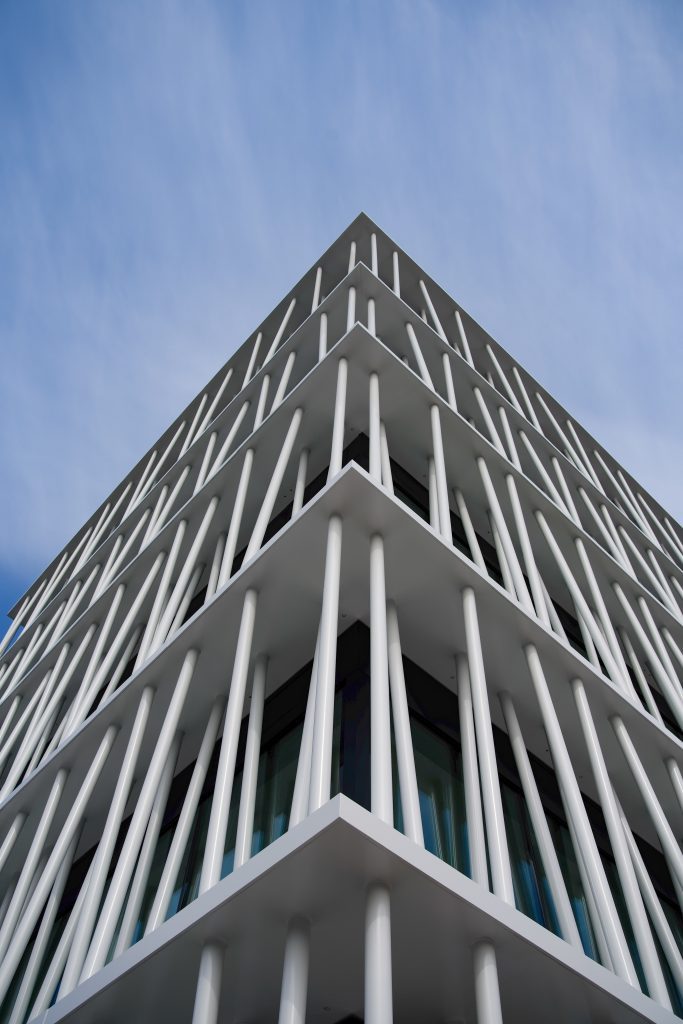Zara Morris: “Museums should reach out into its neighbouring communities, and break down barriers.”
Every Saturday, Zara Morris, Julia Marquardt, Barbara Antal, Doro Petersen and Cornelia Durka, among others, run the Bauhaus-Lab at the Temporary Bauhaus-Archiv. The workshops take inspiration from works in our collection and authentic exercises from the historic Bauhaus. But who is behind the concept and its creative realisation?
Lorem ipsum
Please complete the sentence: For me, the Bauhaus is …
… a treasure trove of possibilities!
You have been dealing with the Bauhaus for a long time. How does the topic remain inspiring for you to this day?
The Bauhaus remains inspiring to me because of the different constellations that I work in, with different schools, educational institutions and museums. The development of topics and new formats for the Bauhaus-Archiv such as online workshops is an interesting challenge for me. I also really like the personal interaction and exchange with the participants of the Bauhaus-Lab series. It is inspiring for me to see what they think about our workshop ideas and what gets made. I like to find out what they associate with Bauhaus and hear what is relevant for them.
What would you like to convey to the participants in your workshops?
I think the point is to try things out and experiment. You can learn about the materials, investigate how they interact with each other and express yourself creatively, and play. You do not need art expertise for that. I also want to convey that failure is okay. Bauhaus is very special to a lot of people. We notice that many visitors have a personal connection to the Bauhaus. In our labs and projects you often hear stories about friends or family, like “Oh, my great uncle was taught by... ”, or Bauhaus really influenced my studies, and sometimes “Oh, I have this lamp at home.”
Are there any take-aways from your work at the Bauhaus-Archiv?
I can give you some examples: We worked over a whole year with the Nelson Mandela School in Berlin. The pupils came to the temporary bauhaus-archiv and we experimented with exercises from the preliminary course. The preliminary course was taught by Johannes Itten, László Moholy-Nagy and Josef Albers and was intended to challenge and foster the individual talents of the students. It was interesting to see from our workshops what is still relevant and exciting for pupils today and how they interpreted the exercises. This was a starting point to develop new workshop formats for young people and adults.
“More ideas have come from my work with kindergarden children, for example through the project Bauhaus-SpaceLab.”
Lorem ipsum
In our collaboration with the White City Center, a museum in Tel Aviv, we did an exchange with the art education department there and together developed a series of exercises based around the architecture of Haus am Horn in Weimar. The exercises were developed so that they could also be used in other settings, not just Haus am Horn. So we work with other art education professionals too. More ideas have come from my work with kindergarden children, for example through the project Bauhaus-SpaceLab, a collaboration with the Pestalozzi Fröbel Haus and Jugend im Museum e.V..
That leads me to my next question: How do you manage to keep coming up with new ideas for the Bauhaus-SpaceLab?
I draw inspiration from our collaborations and from the participants of the workshops giving us feedback. Also, the team and the people I work with are inspiring. We have a good working atmosphere and exchange of ideas. That fosters the creative process. I do get ideas from visiting different exhibitions, too. A few years ago, I visited an Anni Albers exhibition in London at the Tate Modern, where I saw jewellery that Albers had made from everyday material like washers, paperclips and corks. This led me to develop a jewellery-making workshop for the Bauhaus-SpaceLab.
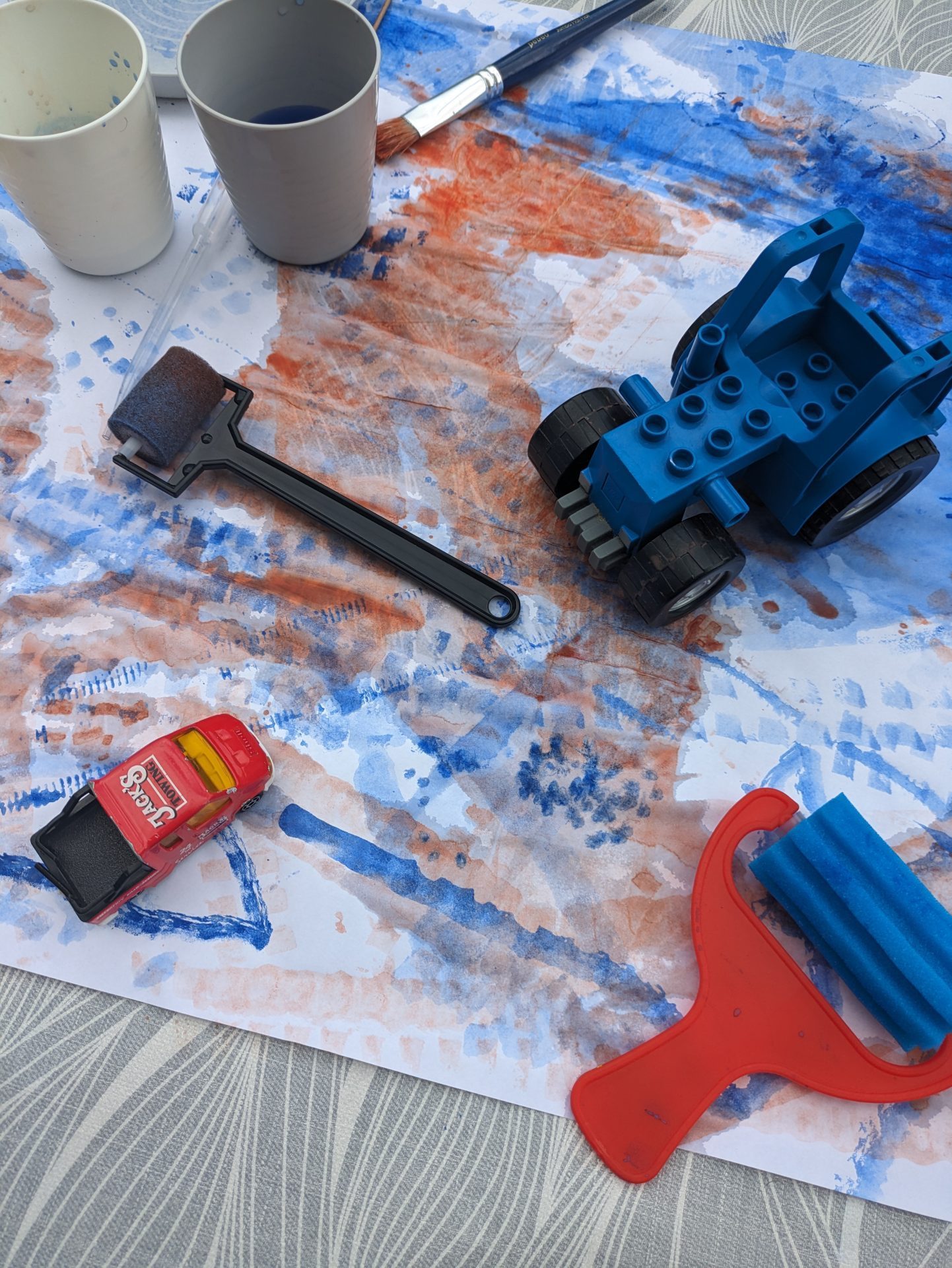
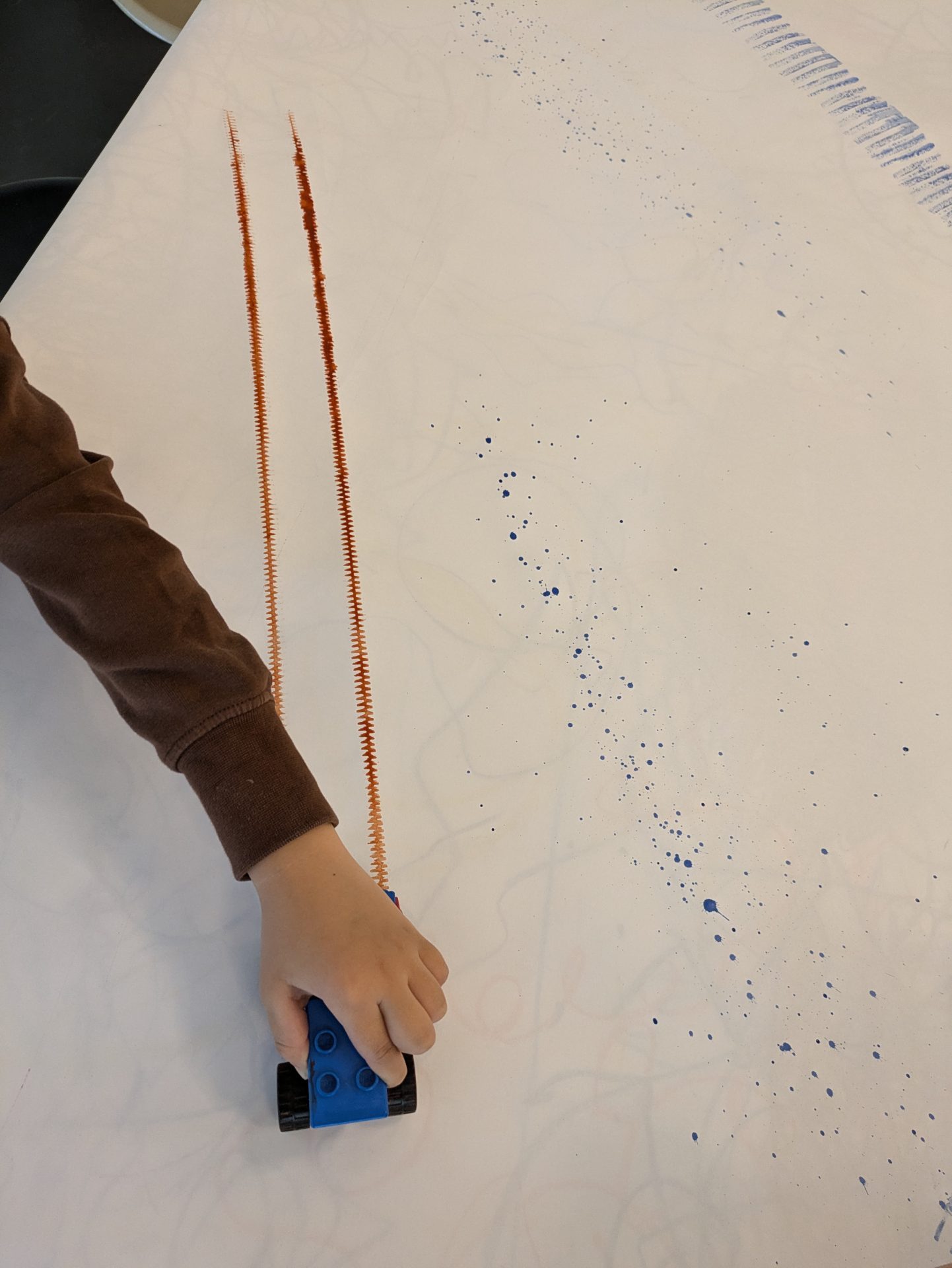
Lorem ipsum
The Bauhaus was a school – following on from this: What is your favourite exercise from the school, and why?
There’s a photo that I like, which we often show in workshops, taken by Umbo (Otto Umbehr, photographer, note from the editors) in 1928. It shows Josef Albers with his class. The students are sitting expectantly around Albers and he is looking at their work – lots of different paper sculptures. This is an interesting photo because it makes me think about what it was like to be in his class and how he taught. One student reported that Albers came to class one day and said: “We don’t have much money. We just have these materials, some newspapers. Go and make something out of them. I’ll be back in three hours.” I’m sure his students were quite confused or unsure at first. We also attempted to do this with a class, although we didn’t leave them alone for three hours!
If I met you on the train, how would you explain your profession?
I think it depends how much time we have! [Laughs]
I work with exhibitions and in museum spaces. I am interested in ideas and methods used by artists in their works. I am interested in how museums can be interesting and engaging for young people. I think about which topics are discussed in an exhibition and how relevant they are to our lives, and how we can work creatively to investigate and reflect on those topics and artistic methods. Exchange is also very important in art education and for me personally. Museums should reach out into its neighbouring communities, and break down barriers. Not everybody feels comfortable speaking about art or being in museums spaces.
The last question: For the future of the Bauhaus-Archiv Berlin I wish ...
… for an investigation into what the museum means in relation to its local community. I think there should be more formats accessible for people with disabilities.
The creative minds behind our Bauhaus-Lab in conversation
-
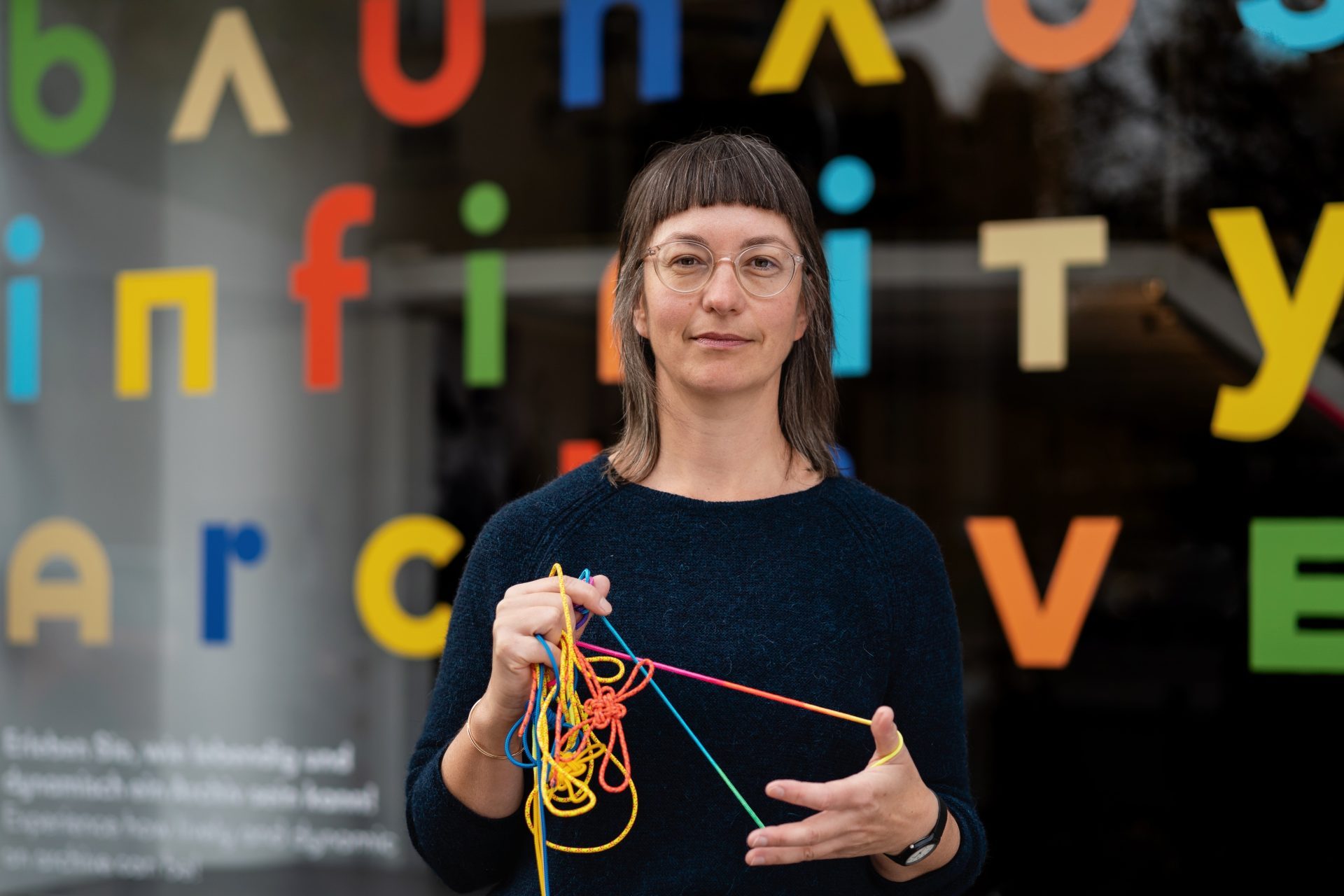
Cornelia Durka: “I persue something that can catapult a question through time and space.”
BackstageEducation -
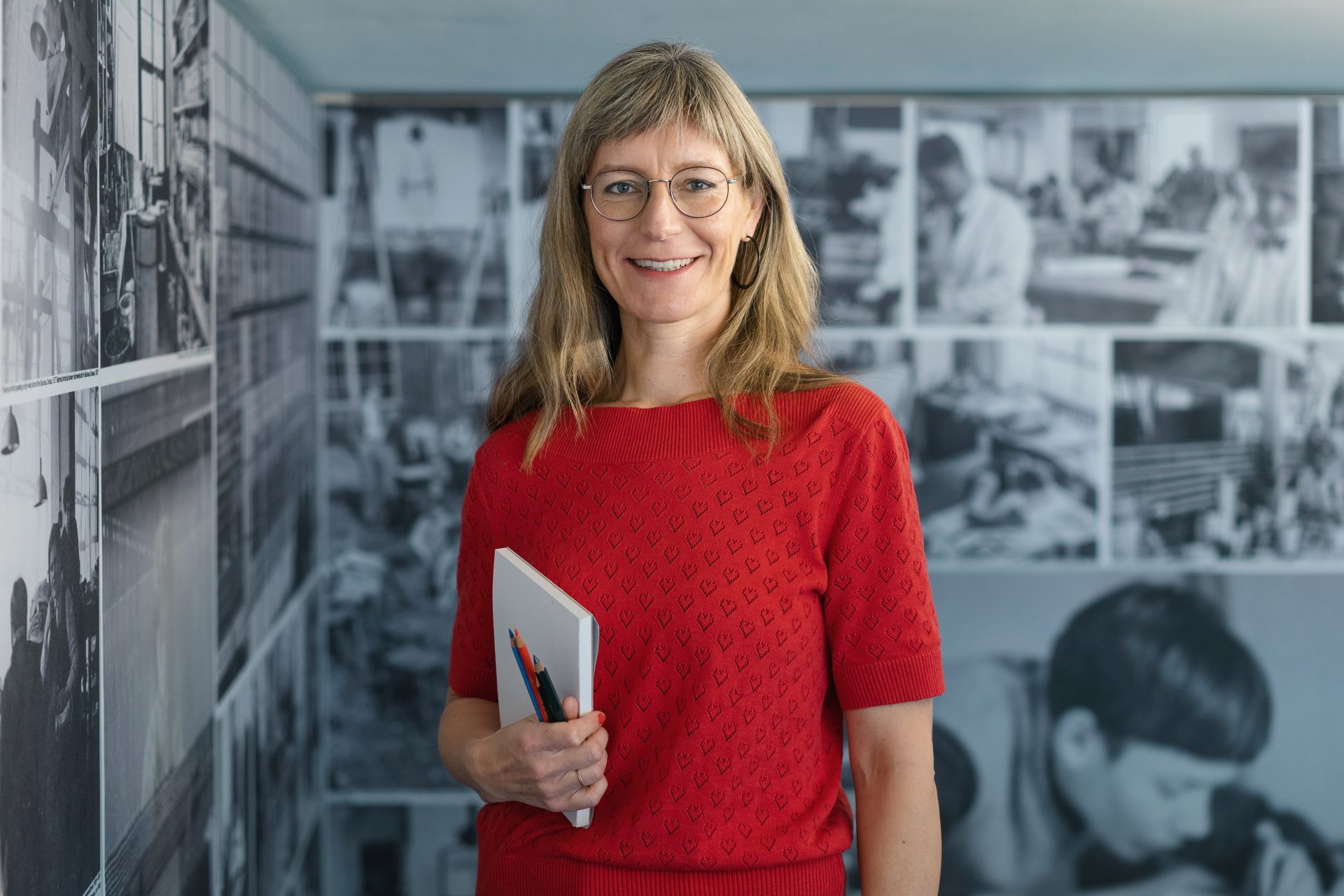
Doro Petersen: “It is so much fun to be creative.”
BackstageEducation -
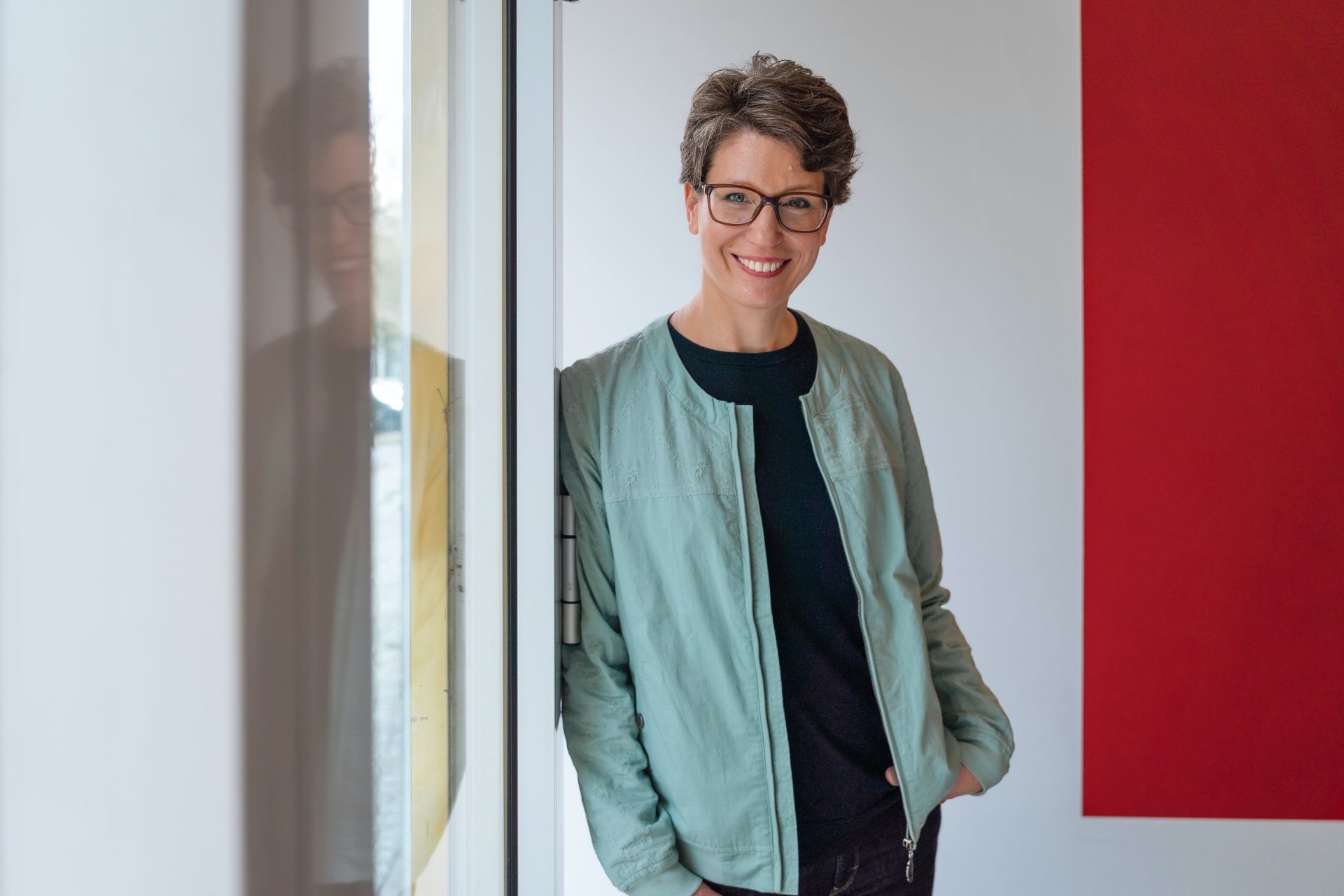
Barbara Antal: “What I love about the Bauhaus is the idea of experimenting with materials.”
BackstageEducation -
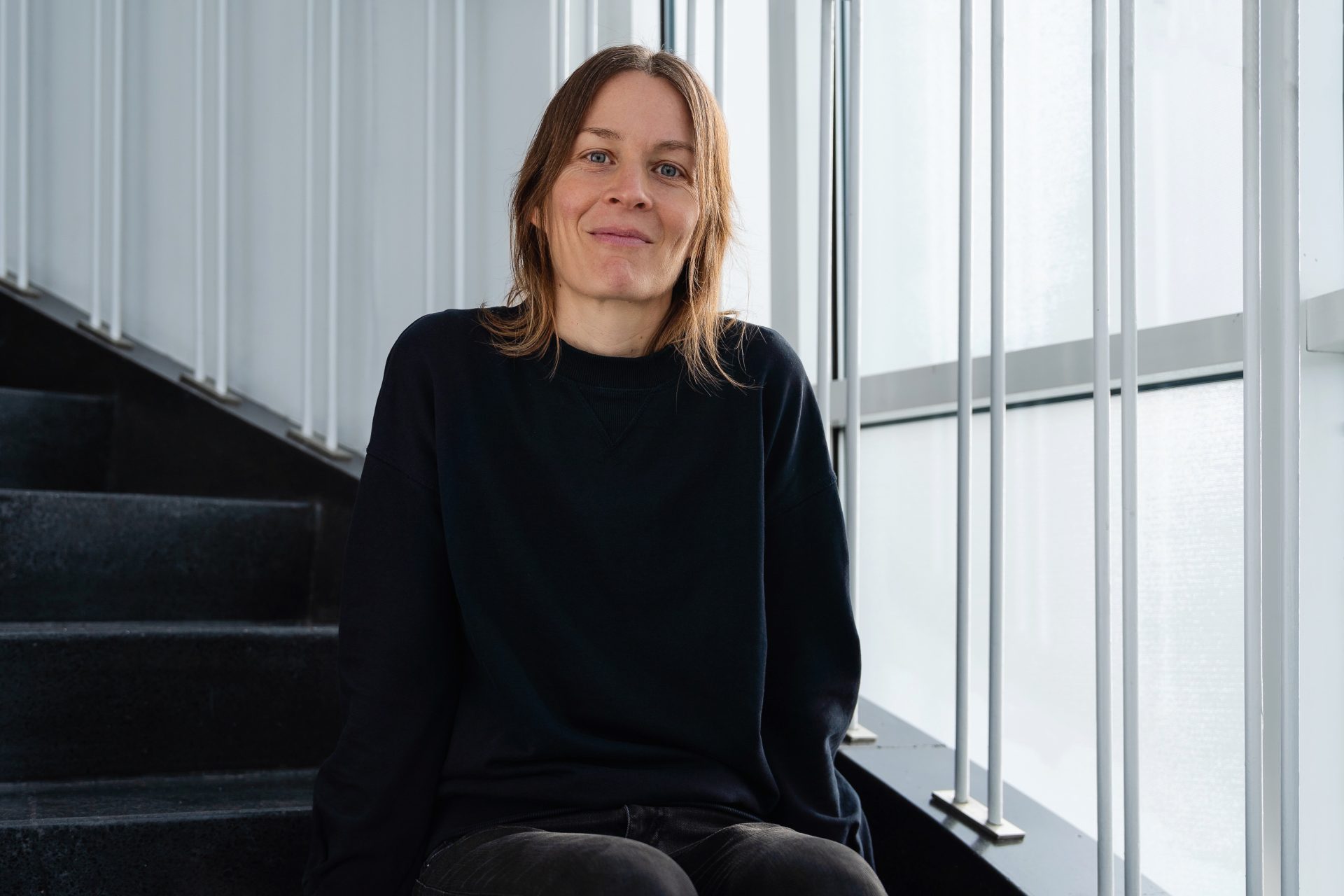
Julia Marquardt: “When a real dialogue develops – that’s great.”
BackstageEducation
